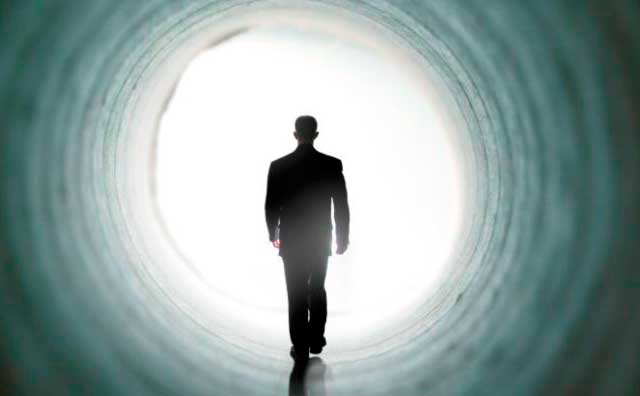Death in Judaism
From the point of view of Judaism, what is death?
Most people do not like to talk about Death in Judaism and fear it; So from here we speak with Rabbi Shai Froindlch, with Rabbi Abraham Tobal of the Mount Sinai Community; To Rabbi Marcelo Rittner of Bet El Community and to Mr. Isaac Shapiro.
For Rabbi Shai, death is a termination of life in this world, but it is not the end, but the human being is transformed into something else and migrates to another level, to another world. We fear him because we do not know what is going to happen and because, deep within us, we know that there is an afterlife.
In turn, Rabbi Abraham Tobal believes that death is the end of life from the perspective of the physical, but not the spiritual. Man comes from the earth and goes to earth. There is a continuity in the offspring, in the transcendence, in the name that the person leaves. On the one hand we are accustomed to accumulate and death takes away; That generates a deep pain in the people, a chaos in the mind and what we want is to reconstruct that puzzle that forms in our mind.
For Rabbi Rittner, the Jewish religion does not accept the worldly concept of death: life is fleeting and limited, regardless of the years we live, against eternity. As it is said that the death of God does not exist, neither does the soul die (which is part of God); The body is the garment of the soul. When the soul detaches itself from the body, it no longer has physical limitations, as in life. To the pantheon we call it Bet Hajayim (house of the living) because we consider that life is eternal.
Isaac Shapiro: “For a space of time our soul is anchored in a physical body, which has limitations; It does it to achieve overcoming. It reaches the moment when its phase ends and it goes to the eternal world. The destruction of a soul is when it has not reached its overcoming or created evil. Death is a stage of life ”
Suicide in Judaism
For Judaism, suicide is a great transgression. Life is a gift; We have to honor it and return this body as it was given. Taking life of its own goes against Jewish spiritual ideology. Life must be preserved until the last moment.
It is forbidden to commit suicide, to be hurt: avoid dangerous situations and attack. A person should strive to have a healthy life and take care not to get sick. Previously, suicide was considered a sin and the person who committed suicide was buried differently, against the wall; There were no prayers or sermons in the cemetery.
Currently the rules have changed and it is considered that a person who commits suicide is ill and acts at a time of illness, trying to avoid further pain to the family. Punishment for suicide was a punishment to the family and not to the person.
Life is invaluable and sacred because only in this world can we overcome ourselves.
What is left in the tomb
In the tomb there is nothing left: the soul rose. We say that the soul rises and only lowers each Yortzait (anniversary of death) because the tomb connects us with our loved one. The Halacha dictates that you should not put a picture in the tomb, because instead of connecting with the essence, we do with the concrete of the person.
The body of a deceased person is sacred in Judaism: he is considered as a Sefer Torah. It should not be cremated because it is a way of hurting it; So does the autopsy.
The gravestone
The Bible says that when they buried someone in the desert, they would put a pile of stones at the burial place. In the Ashkenazi community there is a tradition of visiting the tomb at very special times. It is the place where we can connect with our loved one and say what in life we did not say. The custom is to place a stone is by continuity, saying we have not forgotten you, you are our point of reference and we are ready to finish what you did not have time to do
The Shivá
The higher parts of the soul come out of the tomb; What remains are sparks of the same that gravitate during the first 7 days, in the place where the body is buried and in the house where it is shiva (mourning), which is an important process for the soul as a pair of mourners.
The Kadish
This prayer in Aramaic helps the soul to rise, to heal the pain. Within 11 months of death, it is considered that the soul has reached its final place.
